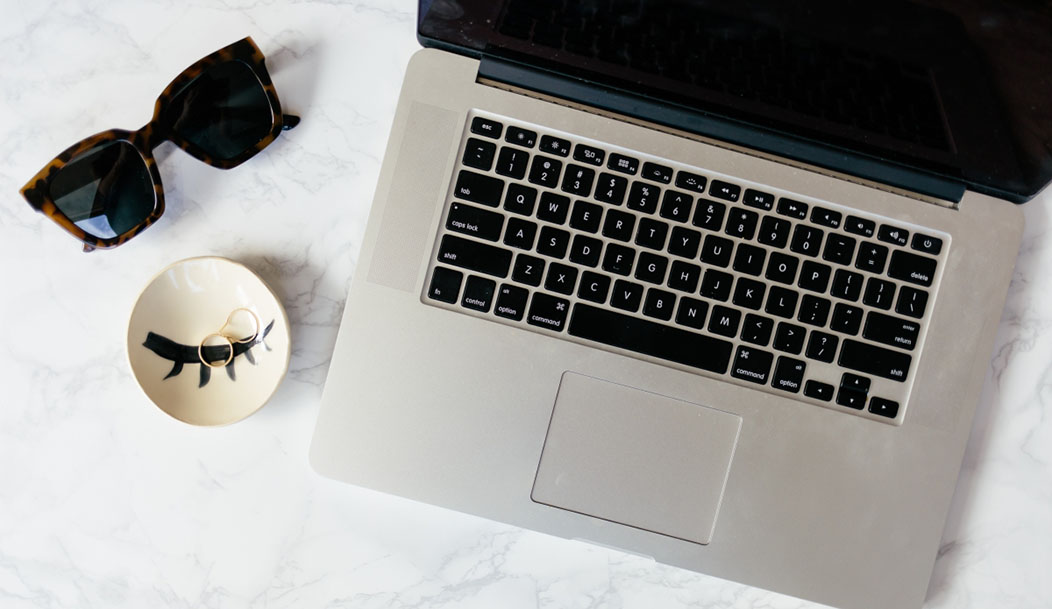
Entrepreneurs are always talking about budgeting. A good budget is one of the keys to growth and success, yet no one really tell us how to budget.
In plain words, it is a necessary evil.
By definition a budget is a journal of how much money you are bringing into your business and most importantly, how you are spending your money.
What is the philosophy behind creating a budget? Think about it this way…Can you really make money without knowing how to spend money?
The key to a budget is to have some amount of positive cash flow at the end of the time period.
Many businesses have multiple budgets for multiple time periods; to cover all the bases, you can set up a monthly, quarterly, and yearly budget. Or to start off just have a monthly budget and you can compile your history and records to create that into a quarterly and yearly template.
If you still favor the way of the dark ages, by all means create your budget on paper. However, you can also use any computer spreadsheet software (e.g. Excel, Numbers) or any accounting software (e.g. Quicken, Microsoft Money).
Step One: Know Your Financial Goals
The first thing to note is that you should know what your financial goals are for your business, how you want to achieve them, and the monetary value they will require.
This will shape a better budget because you can recognize the amount of money you will need in the future to really grow your business to where you want it to go. This doesn’t have to be completely figured out or even set in stone. Your goals will change and your business activities will vary over time.
This is just a precautionary measure to ensure that your budgeting allocates for business ventures that can help grow you brand.
Step Two: Categorize your expenses.
Expenses fall under two categories: Fixed and variable expenses.
Fixed expenses are those that are relatively the same every month (mortgage, rent, utilities, bills, etc.); variable or flexible expenses can range drastically every month (fabric purchasing, showroom fees, event costs, etc.).
After these are categorized and listed, the numbers come into play. Your next three columns will show your “Budgeted” amount, actual amount, and the difference between the two.
To find out what your budgeted amount should be, you can research the costs linked to creating your own fashion line and take averages based on that information. Your actual amount is the amount you have spent on that category and the difference is the amount of dollar difference (or percentage) between the former two.
If you want to get super technical, you can even add in your semi-variable costs that are tied to the volume of your business, such thing as telecommunications and advertising.
The reasoning behind your difference column is to help clarify any potential opportunities or problems in your budget.
Once you can see and quantify the reasons for the differences between what you should be spending and what you have actually spent, you can work on making it better for next month. You never want to keep a stagnant budget, it can lead little growth in your business.
Step Three: Conquer your income.
Income will eventually lead to profit.
You will separate your income in the same way you categorized your expenses. The key here is that the bottom line of your budget requires a little math.
Your profit is your total income minus your total expenses. This will leave you with bottom line, your profit. This is where you can start allocating funds to BOTH savings and future business endeavors.
A savings column is important because you want to make sure you set aside some money in case of unforeseen circumstances (so you’re not reaching for the credit card), especially in an industry as fickle as fashion.
You will need a budget if you are applying for a loan and to evaluate your cash flow management. You want to be able to monitor how much money is coming in and out of your business. Are your customers taking too long to pay you? If you can identity where your cash flow gaps are, the sooner you can start making changes for greater cash inflows. And remember to keep your personal finances separate from your brand.
Having a budget will help you plan ahead for the growth of your fashion business. You will be able to make more educated decisions on whether any upcoming investments or opportunities are right for you or your brand.


Aku-Sika
Just what I needed! the timing is perfect. Thank you